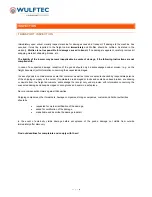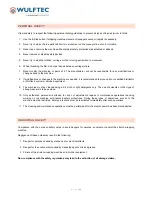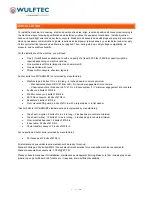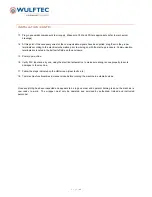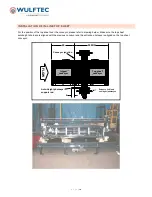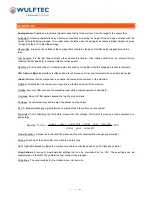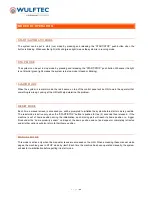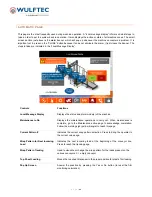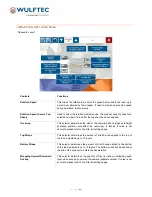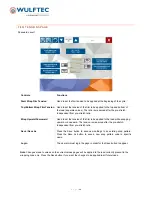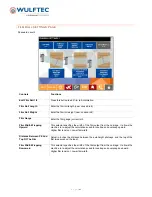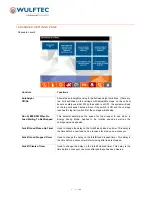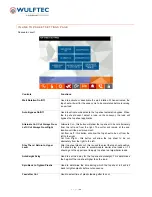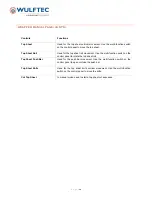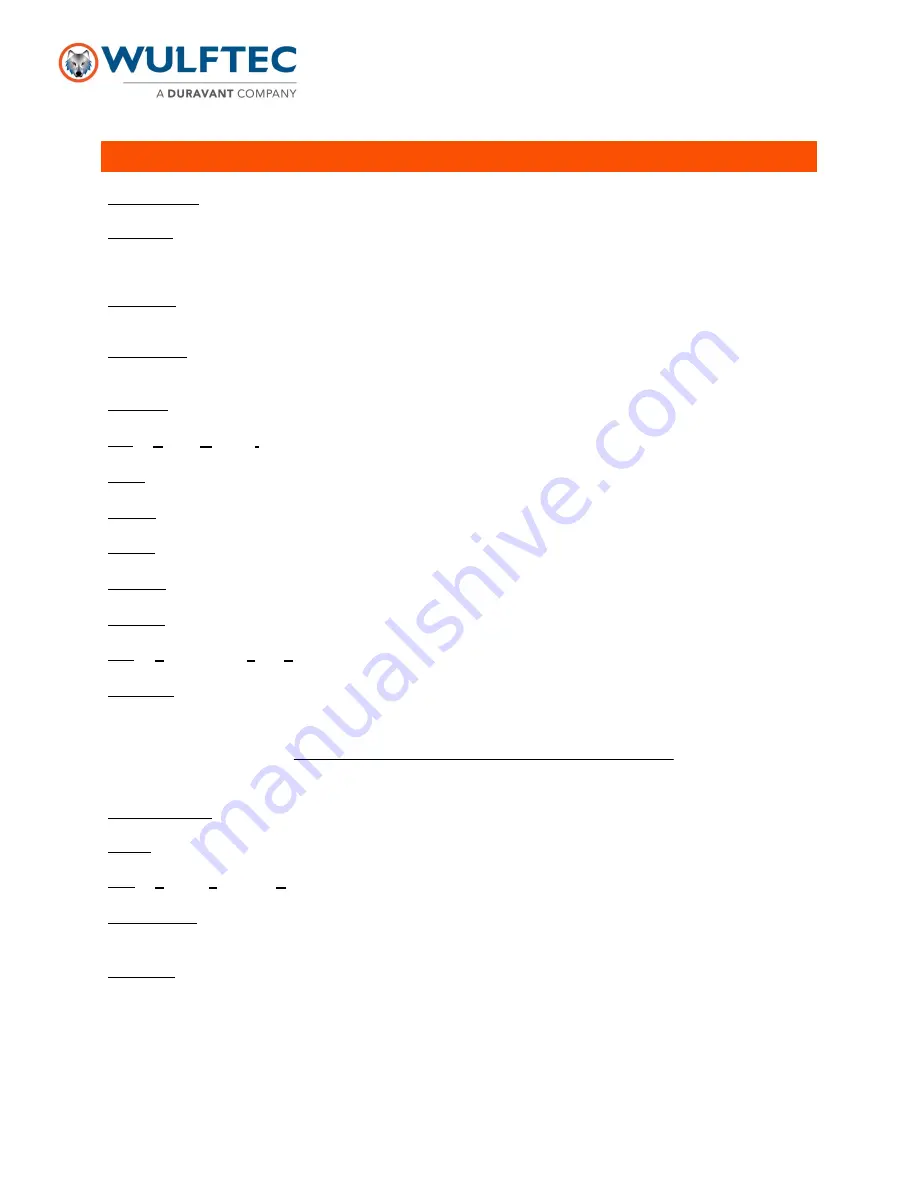
P a g e
|
21
GLOSSARY
Analog sensor:
Supplies a proportional signal corresponding to the distance from the target to the sensor face.
Autoheight: A feature characterized by a photoeye constantly monitoring the height of the carriage in relation with the
height of the load being wrapped. The optical sensor detects when the carriage has reached proper height and gives
the signal to the PLC to stop the carriage.
Dancer Bar:
A roller on the outfeed of the carriage that controls the tension of the film as it’s wrapped around the
load.
Film Tension: It is the film feed reluctance that creates this tension. Also called post-stretch, we achieve this by
reducing the film speed for a constant rotation motion speed.
Heat Wire: A thin strand (20ga) of nickel-chrome alloy used to cut the film when the wrapping process is complete.
HMI: A
H
uman
M
achine
I
nterface is often called a touch screen and it is used to interact with an automated system.
Infeed: Indicates that the component in question is situated at the entrance of the machine.
Outfeed: Indicates that the component in question is situated at the exit of the machine.
Overlap: Amount of film covering the preceding layer while wrapping upward or downward.
Overwrap: Amount of film applied passed the top of a product stack.
Photoeye: An optical sensor used to detect the presence of an object.
PLC: A
P
rogrammable
L
ogic
C
ontroller is a component used to control an entire system.
Pre-stretch: Act of stretching the film before it leaves the film carriage. Pre-stretch is given as a ratio expressed in a
percentage.
Equation:
100
))
(
_
_
(
))
(
_
_
(
))
(
_
_
(
%
inch
in
goes
what
inch
in
goes
what
inch
out
comes
what
ratio
Proximity sensor: A sensor able to detect the presence of nearby objects without any physical contact.
Roping:
Bunching of the stretch film’s full width to create a rope.
VFD: A
V
ariable
F
requency
D
rive is a component used to control the speed of an AC triple phase motor.
Wrap Patterns: A series of programmable settings that can be memorized by the PLC. These settings can be
programmed via the HMI. They determine how a load will be wrapped.
Wrap Zone: The area occupied by the rotation when it is in motion.



